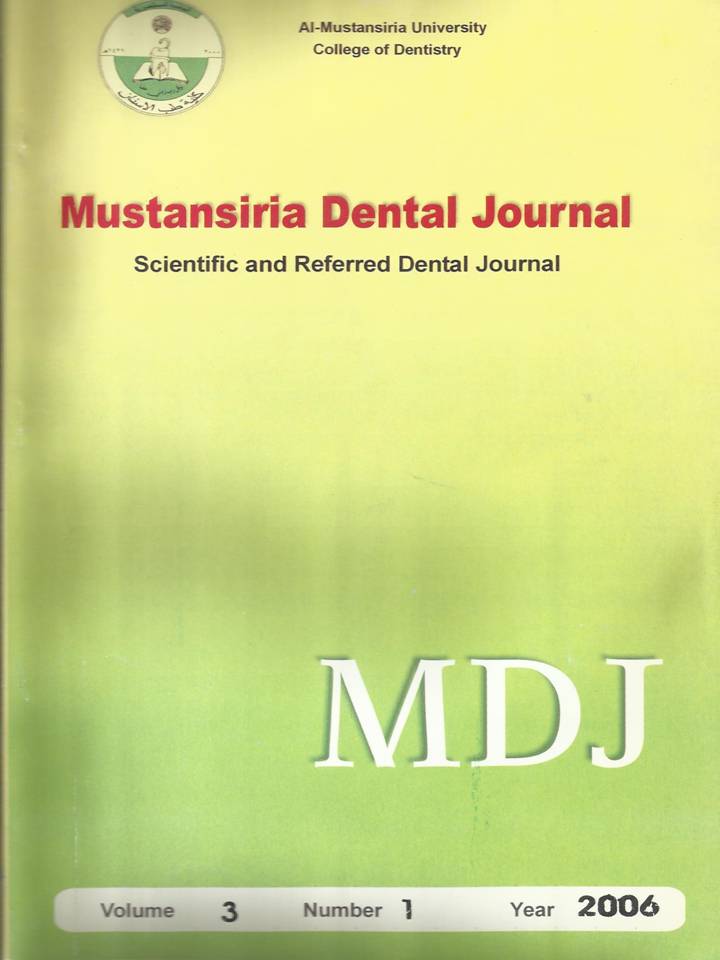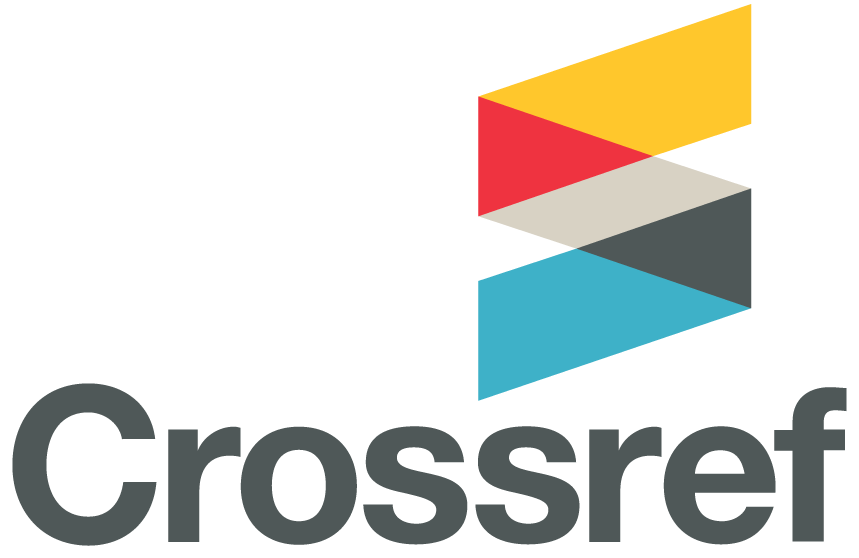Apical and Coronal Microleakage using Mineral Trioxide Aggregate (Comparative Study)
DOI:
https://doi.org/10.32828/mdj.v3i1.613Keywords:
Key wards: MTA, Apical microleakage, Coronal barrier.Abstract
The purpose of this study was to evaluate the potential of using mineral trioxide aggregate (MTA) as a root canal filling material by comparing its apical sealing ability with that of laterally condensed gutta-percha with sealer in extracted one canal teeth. In addition, this study was evaluating the MTA and ZnPo4 cement as barriers to coronal microleakage.
Forty single canal extracted teeth, were prepared in a standard manner using GT file, randomly divided into two groups of 20 teeth, and obturated with laterally condensed gutta-percha or MTA.
In each group, 10 teeth received a 4-mm barrier of MTA or ZnPo4 cement. The sealing ability of each part was assessed by immersion in 1% methylene blue dye for 72 h. The leakage was recorded in apical and coronal part. Data were analyzed by One-Way ANOVA test, T-test, and LSD test.
Canal filled with laterally condensed gutta-percha showed significantly less apical dye penetration than canals obturated with MTA. However, coronal barrier filled with MTA showed significantly less dye penetration than ZnPo4 cement barrier.
Downloads
Published
Issue
Section
License
The Journal of Mustansiria Dental Journal is an open-access journal that all contents are free of charge. Articles of this journal are licensed under the terms of the Creative Commons Attribution International Public License CC-BY 4.0 (https://creativecommons.org/licenses/by/4.0/legalcode) that licensees are unrestrictly allowed to search, download, share, distribute, print, or link to the full texts of the articles, crawl them for indexing and reproduce any medium of the articles provided that they give the author(s) proper credits (citation). The journal allows the author(s) to retain the copyright of their published article.
Creative Commons-Attribution (BY)









